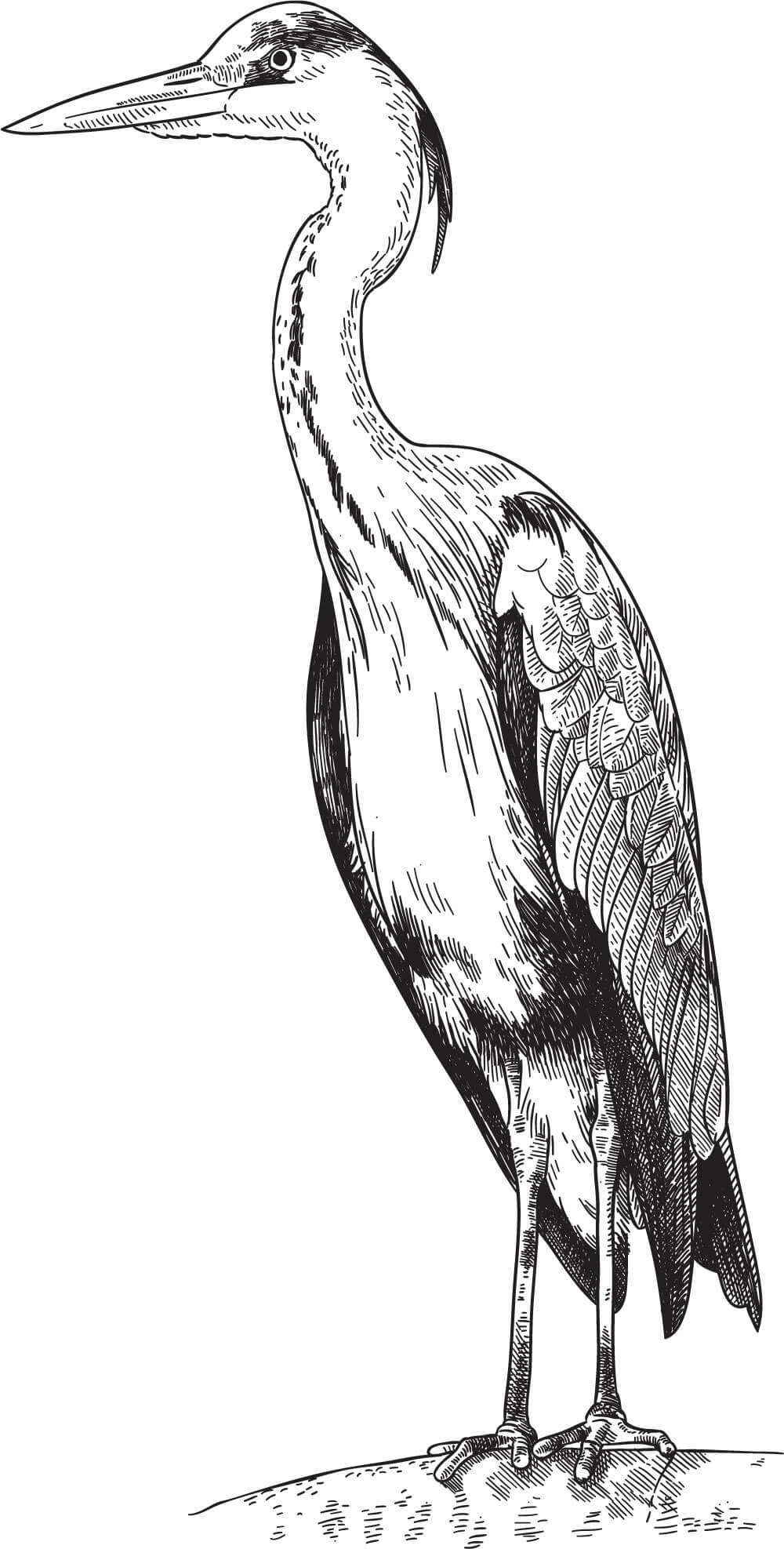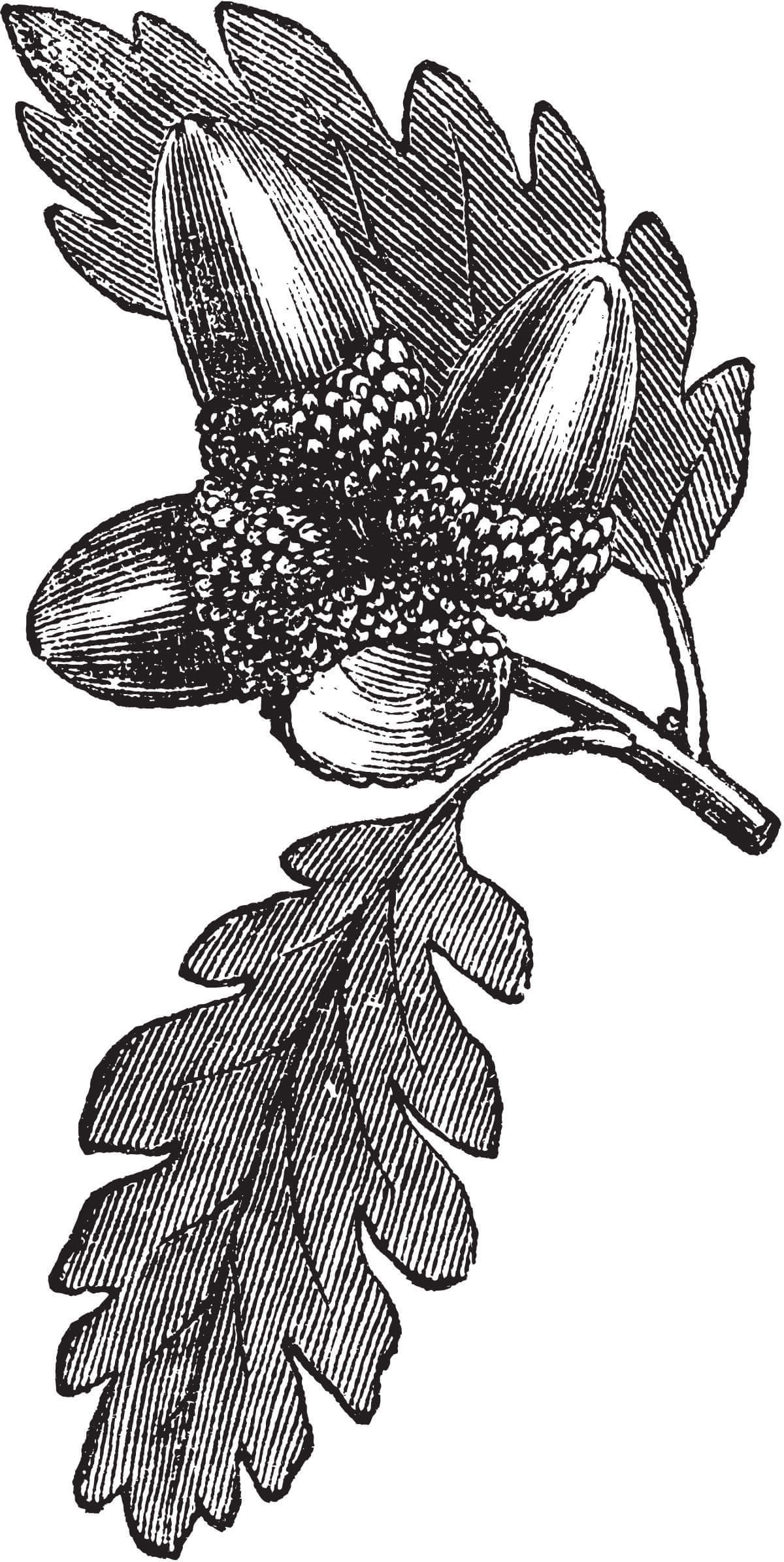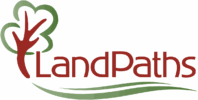A Classroom Takes to the Land: A Day of Environmental Philosophy & Stewardship with Santa Rosa Junior College students
Category: Blog, Citizen Science, Growing Community with Nature, Invasive Species, Riddell Preserve, Stewardship, Wildfire Fuel Reduction
By LandPaths Staff
October 25, 2022
by Miles Sarvis-Wilburn, Stewardship Field Specialist
I met Professor Alexa Forrester for the first time at a LandPaths’ volunteer stewardship day. A professor of Philosophy at Santa Rosa Junior College, she had volunteered, on her day off, to help water redwood saplings planted in the Glass Fire burn scar at Rancho Mark West.
Shuttling buckets of water up and down ash-ridden hillsides, we had a rich conversation about the philosophical sides of stewardship, land management, and the impact of this work both on our community and on the land. Meeting Professor Forrester was just such an event! With my deep interest and background in philosophy, it was a fruitful meeting indeed.
Tending the redwoods, Professor Forrester told me about the Environmental Philosophy class that she teaches at Santa Rosa Junior College. By the end of the stewardship day, we’d made plans to get her students out of the classroom and onto the land at a LandPaths’ preserve as soon as possible. What better way to see curriculum in action than to get one’s hands a little dirty?
Out of the Classroom, Onto the Land
A few weeks later, 15 students and Professor Forrester arrived at Riddell Preserve in the hills above Dry Creek Valley. Riddell boasts spectacular old-growth madrone forests and seasonal tributaries. But the preserve also experiences ongoing encroachment by French Broom and other invasive species.
The classroom topic for the day was “What is wilderness?” We discussed this as we trekked from grassland to chaparral to forest, noting the hard work LandPaths’ stewardship staff and volunteers have done over the years. We contrasted the stewarded parts of the land with the areas that have been left “untouched.” Our conversation was also guided by these questions:
- Was one of these areas more “wilderness” than another?
- When did we start thinking of portions of the land as “wilderness,” and why?
As we pondered the answers, I described LandPaths’ approach to caring for the land and how it fits into different conceptions of “wilderness.” The class appeared excited to put these ideas into practice. They concluded that if humans weren’t here to care for this space, to help it along in its journey through plant succession and seasonal changes, the broom would likely take over and crowd out native species.
Kin to Other Creatures and Places in the Natural World
As the students hiked, they stopped to pull French broom and their hands grew full; they eagerly scanned the hillside for more invasive species to remove. We stopped to smell the leaves of a bay tree and to contrast it with a neighboring madrone. And we drew on the students’ recent reading of Enrique Salmón’s concept of Kincentic Ecology, wherein humans try to view themselves as kin to the other creatures and places in the natural world.
Over the course of the outdoor classroom session, I saw this concept, as applied in the world, coalesce for the students. They seemed to want to help steward the land; not because they were told to, but because they saw their part in this action as a larger part of a whole. Pulling broom was less a task and more an act of care. Care for the madrone forest, care for the seasonal creek that feeds into a salmon habitat: these things became less about managing wilderness and more about being in a shared world. For me, and perhaps for Professor Forrester and her students, that is what stewardship is all about.
Curious about getting your own college class, employees, or community organization out for a day of stewardship (or a series of days) on the land with LandPaths? Please don’t hestitate to contact Laura Revilla, Volunteer and Community Hub Lead. Habla Español!


